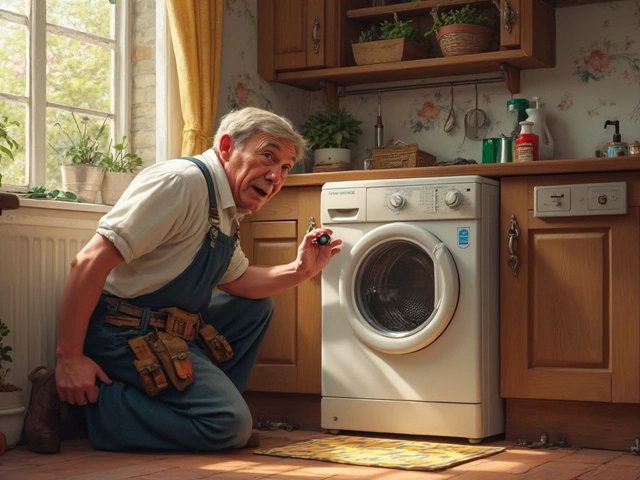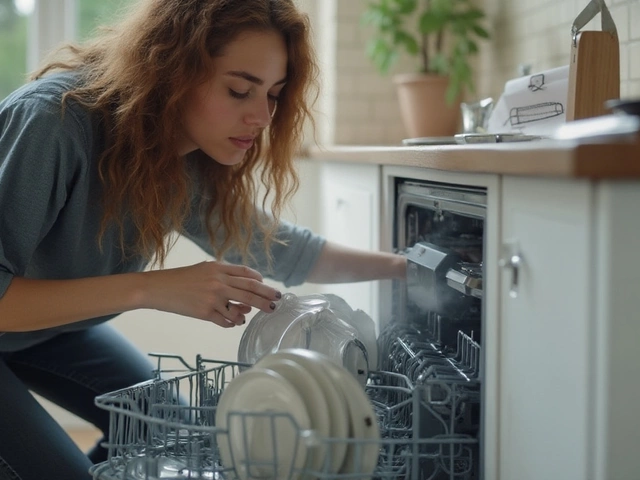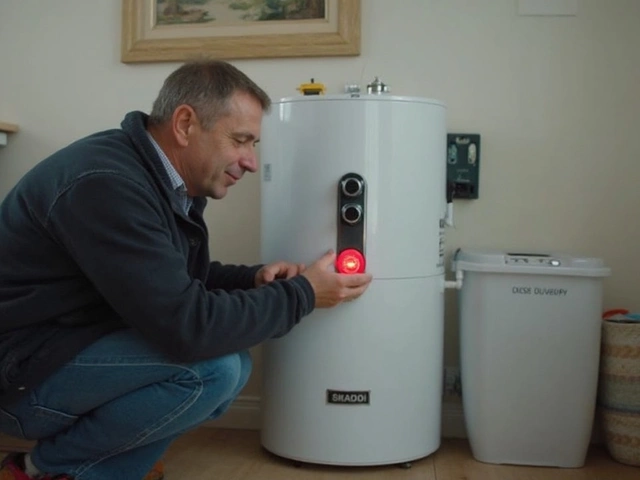If your washer is making weird noises or not spinning, the problem is usually a specific part. Knowing the names of those parts and what they do can save you time and money. Below we break down the most common components, signs they’re failing, and simple steps to replace them.
1. Drum – The metal tub that holds your clothes. Cracks or rust mean it’s time for a full replacement, which most homeowners leave to a pro.
2. Motor – Powers the drum’s movement. If the washer won’t spin or makes a humming sound, the motor bearings could be worn.
3. Pump – Moves water in and out. A clogged or leaking pump often causes water not to drain properly.
4. Belts – Rubber straps that connect the motor to the drum. A snapped belt stops the drum from turning; you’ll hear a thumping noise before it stops.
5. Door Seal (Gasket) – Rubber border around the door. Leaks or musty smells usually point to a torn seal.
6. Control Board – The brain that tells each part what to do. Faulty boards can cause error codes or random cycles.
Most small parts—belts, pumps, seals—are cheap and easy to swap. You’ll need a screwdriver, pliers, and a few basic tools. Turn off the power, unplug the machine, and take pictures before you disconnect anything. This makes re‑assembly a breeze.
If the drum itself is damaged, the motor burns out, or the control board keeps failing, it’s usually cheaper to replace the whole washer. A professional can also test electrical components safely.
Here’s a quick rule of thumb: if the part costs less than £30 and you feel comfortable with basic DIY, give it a go. Anything more expensive or involving wiring should be left to a qualified repair technician.
Need a fast checklist? Look for these red flags:
Once you spot the issue, order the exact part using your washer’s model number. Most manufacturers list part numbers on a sticker inside the door frame.
Replacing a part usually takes 30‑45 minutes. If you’re stuck, the internet is full of step‑by‑step videos that match most major brands. Just pause, follow the guide, and you’ll have your washer running again.
Remember, regular maintenance reduces the chance of parts failing. Clean the lint filter, run a monthly hot‑water cycle, and keep the door seal dry. These simple habits add years to your machine’s life.
Bottom line: knowing the main washing machine parts empowers you to decide whether a DIY fix is worth it or if a professional call is the smarter move. Keep this guide handy, and you’ll spend less time worrying about broken appliances and more time enjoying clean laundry.

Discover which washing machine parts break down most often, why they fail, and how to prevent expensive repairs. Get tips to keep your washer running smoothly.

Wondering if you should flush or just drain your water heater? This article breaks down the difference, when each method makes sense, and what actually helps your water heater last longer. You'll find practical advice, simple tips, and a few things even pros forget. Discover the truth about tank cleaning—without the jargon or confusion. Your next maintenance day just got a lot less stressful.

Discover the workings of a hob, a crucial kitchen fixture that often gets overlooked until it malfunctions. Learn the common issues that can affect its performance and get handy tips on basic repairs and maintenance. Whether you're dealing with burner problems or electrical faults, this guide provides practical advice to keep your hob in top shape. Understand the typical lifespan of these appliances and how to extend it through regular care.

An appliance technician plays a crucial role in keeping household and commercial appliances running smoothly. They diagnose issues, perform necessary repairs, and offer maintenance tips to prevent future problems. Understanding their responsibilities helps in appreciating their importance. This article provides insights into the day-to-day duties of an appliance technician and offers tips for those aspiring to join this field.

Determining whether your dishwasher requires repair or replacement can save you both time and money. This article guides you through recognizing common issues, assessing the efficiency of your current dishwasher, and deciding on repair versus replacement. Gain insights into the lifespan of dishwashers and learn handy tips for maintaining them. Make well-informed decisions about your kitchen appliances for a hassle-free experience.

Ever wondered why you end up pushing that red reset button on your water heater over and over? This article digs into exactly what the reset button does, why it keeps tripping, and what can go wrong if you keep hitting it. Get clear answers about hidden water heater issues and learn simple steps to protect your system—and your wallet. We’ll walk you through warning signs, smart troubleshooting tips, and when it’s time to call a pro. No tech jargon, just straight talk for anyone tired of cold showers.